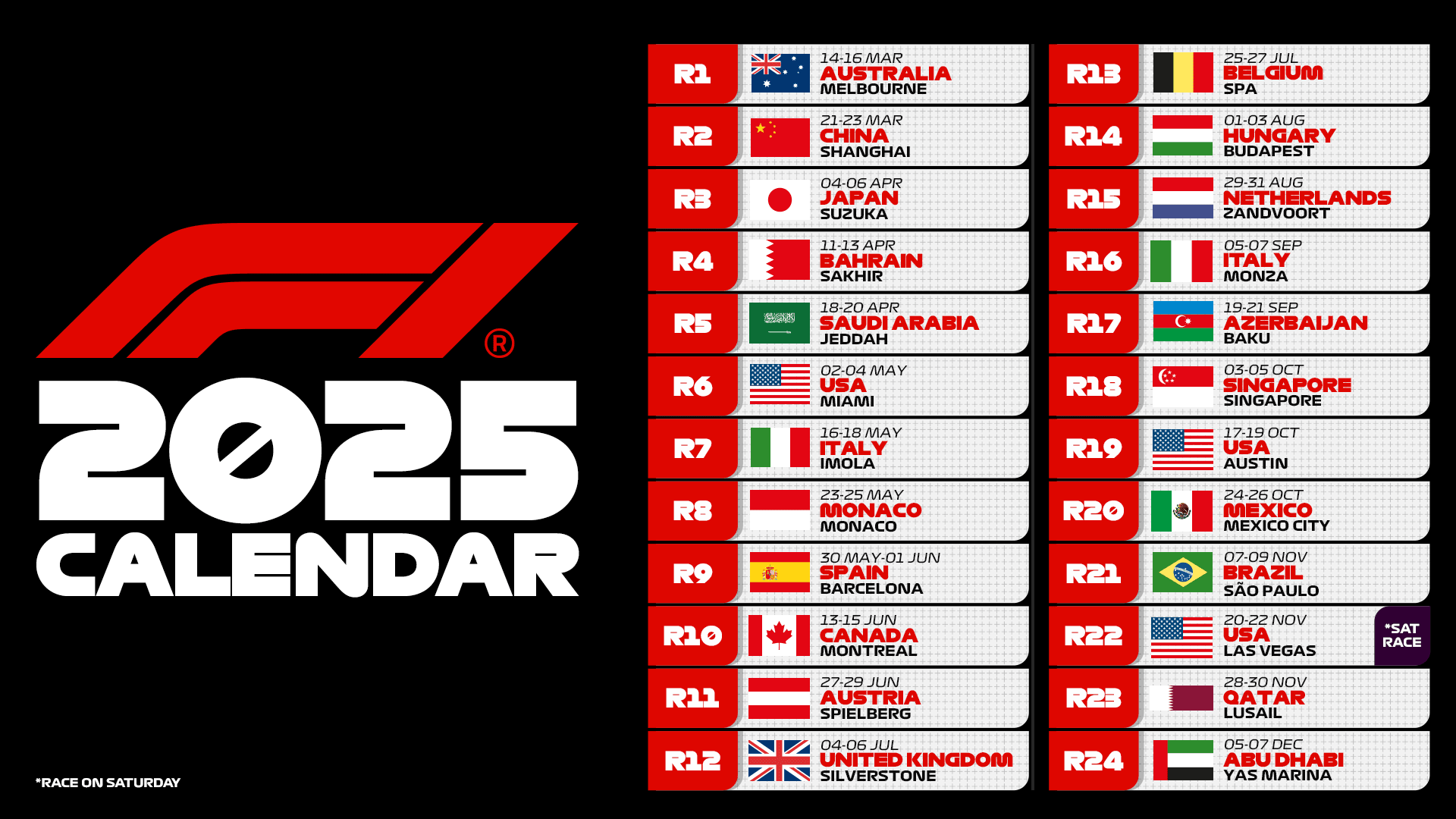This writing is not intended to be an engineering in-depth analysis, nor a specific focus on technical issues. It is a reflection in letters and words, a “photographic evaluation” of what emerged from the British Grand Prix won by Max Verstappen, who places the eighth gem in his crown as emperor of the 2023 Formula 1 season that we can now consider dead and buried.
At least regarding the most important verdicts. The others will be written later, but let’s be honest: who cares about the placement in F1? Who is interested in this fuss for the crumbs that Red Bull leaves on the table after voraciously devouring the party lunch?
Silverstone, even if no one noticed, was a watershed weekend. Pirelli debuted a new construction of dry tires that anticipate the materials expected for 2024. Keep this in mind, we’ll come back to it later.
The modification became necessary considering the performance increases of single-seaters in terms of loads and speeds recorded since the first races of the season compared to the simulations that had been provided by teams to the manufacturer during last winter. The new specification makes the tire more resistant to stress but does not alter other technical parameters or its behavior on track.
Again, according to a note from Pirelli, the unprecedented product will allow maintaining substantially unchanged compared to last year the pressures of front and rear tires, even in the presence of a significant average increase in loads.”
F1, Pirelli: few differences in performance based on the type of compound The debut was not by chance set for Silverstone because it is one of the most demanding tracks for tires, especially for the left front cover. But how did things go? Without consulting numbers, data, trends, load values, degradation indices and so on, the race highlighted a fact that is difficult to dispute: there was no substantial difference in terms of performance and degradation based on the type of compound.
Pirelli, on this occasion, had offered the hardest range of its range: C1, C2, and C3. Hyper-conservative choice on a severe track and in the presence of specifications that had never faced the stress test of a race. Did you notice behavioral specificities for each type of compound? No. It may be brutal, but that’s the truth.
Show your support for Scuderia Ferrari with official merchandise collection! Click here to enter the F1 online Store and shop securely! And also get your F1 tickets for every race with VIP hospitality and unparalleled insider access. Click here for the best offers to support Charles and Lewis from the track!
George Russell started with Soft (C3) tire overtaking half the race and suffering a laughable degradation despite full tanks and following Charles Leclerc’s car closely with all that means staying in aerodynamic gaps on a track like Silverstone that abounds with high-speed curves.
There was a feeling that the red-banded tires could go all the way and do two more GPs. So smoothly and without losing performance.
But it’s not over yet. Let’s go to the final stages of the race after the safety car. Lewis Hamilton mounts Soft tire, Lando Norris Hard tire. On paper, there should have been a very marked performance divergence, with Mercedes’ standard-bearer enjoying an immediate advantage that would then have been covered by the greater constancy of the tire chosen by McLaren. Needless to get lost in further chronicles, we have seen how things went: positions remained frozen in a fairly anomalous balance.
The feeling is that Pirelli has leveled its own product and the evidence emerged on a track that until recently was very severe with tires and which, by its nature, imposed greater rotation of compounds during the race. However, the tire manufacturer is not guilty because it is adapting to what are the dictates imposed by the International Federation under the impetus of Liberty Media.
Is F1 a “victim” of the Net Zero 2023 program? F1 is sailing with a fair wind towards the application of the parameters of the Net Zero 2030 program which impose a very low environmental impact. Obviously, this affects the way in which tires are constructed and their durability which must be higher to avoid excessive consumption of material that would cost too much even in moving them from one point to another around the world.
The need for marble compounds is combined with the continuous and unstoppable search for action, unpredictability and spectacle? The answer is no and Silverstone explained it with extreme ruthlessness. Is this really what F1 needs? In a category that today presents (and who knows if it will not also happen in the next two seasons) only one leading actor, would it not be better to introduce variables rather than flatten the dynamics of races by limiting the number of pit stops and above all proceeding with tires with very similar performance despite, as happened in the Hamilton-Norris case, two different compounds that usually determine very divergent behaviors?
There is a concrete risk – and we very much hope to be wrong – that this new path leads another obstacle that stands between the words of decision-makers, who push for variability, and reality that proves to be too “fixed” to guarantee the desired spectacle. The next races, starting from the back-to-back Budapest – Spa Francorchamps will tell us whether the English case is one that can be attributed to relatively low temperatures that have not activated the expected degradation or whether it was the laying of the foundation stone of an even more rigid Formula 1.













.png)

Leave a Reply